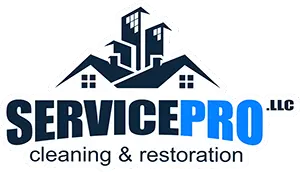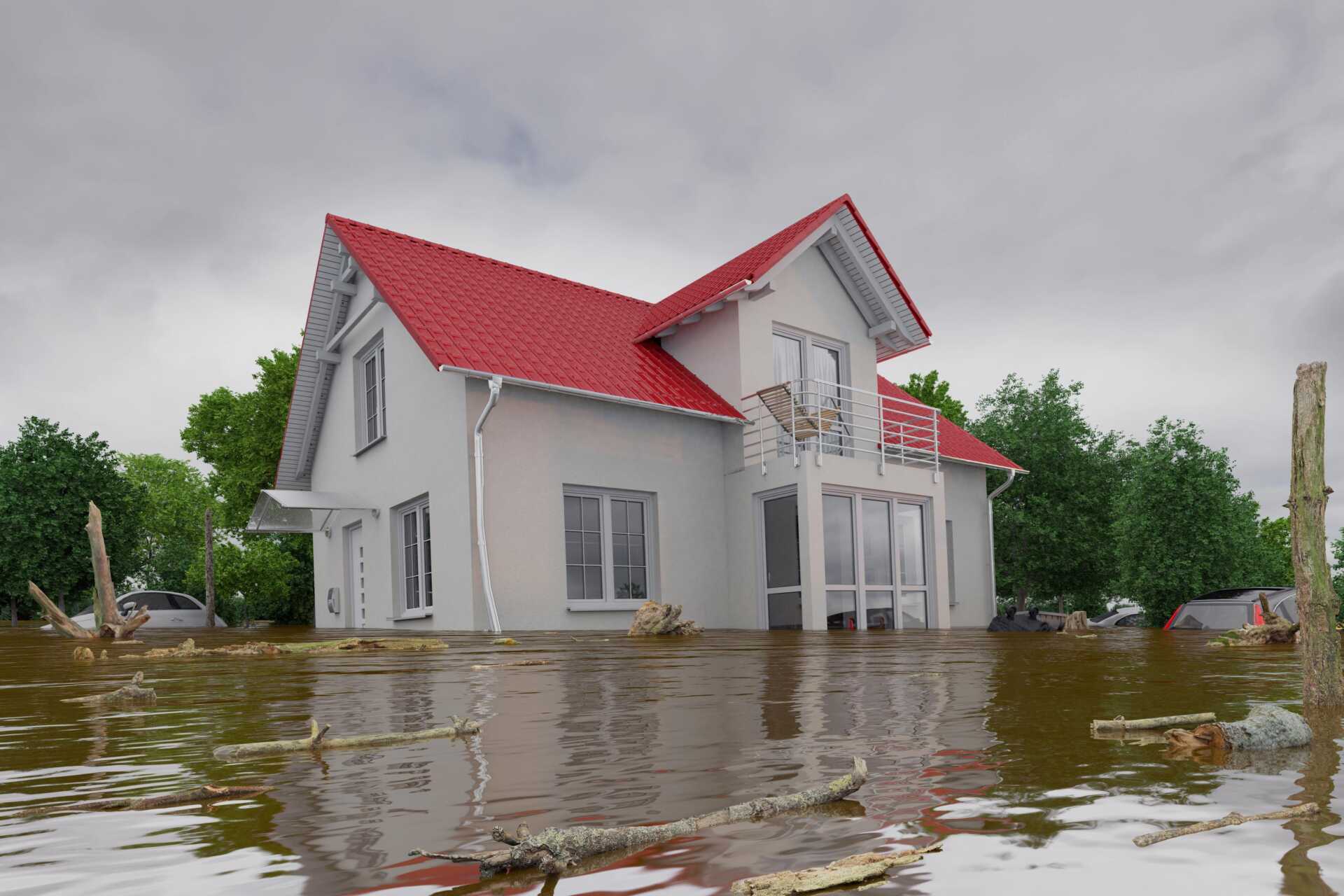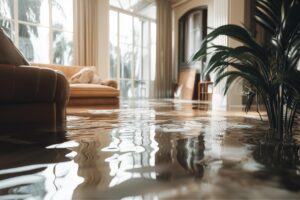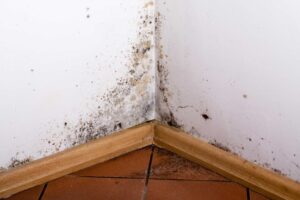Water extraction in flood cleanup is like a lifeline for damaged properties, vital for mitigating long-term harm. Achieving effectiveness in this process hinges on advanced techniques and equipment. As you consider the steps involved, it’s important to understand how timely and thorough extraction can prevent further complications. What challenges might arise during this critical phase, and how can they impact the restoration process?
Key Takeaways
- Professional water extraction services utilize advanced equipment, ensuring effective removal of water and reducing damage.
- Employing submersible pumps and industrial extractors allows for efficient handling of both deep water and surface puddles.
- Proper assessment of the area helps identify hazards and minimizes the risk of hidden mold growth within critical 24 to 48 hours.
- Dehumidification and air circulation techniques are crucial in achieving optimal humidity levels for effective cleanup and restoration.
- Hiring experts expedites the process and enhances safety and thoroughness, leading to long-term savings on repairs.
Understanding the Importance of Water Extraction in Flood Cleanup
When flooding occurs, understanding the significance of water extraction is crucial for effective cleanup and restoration. Water damage can escalate quickly, leading to structural issues and health hazards if not addressed promptly. You need to act decisively to mitigate these risks.
Water extraction is the first step in flood recovery, removing standing water to prevent further damage to your property and belongings.
Additionally, efficient water extraction minimizes the potential for mold growth, which can develop within 24 to 48 hours in damp conditions. It’s important to utilize proper equipment and techniques for thorough water removal. This protects your home and supports your community in overcoming the aftermath of flooding.
The Process of Professional Water Extraction
To effectively tackle flood damage, understanding the process of professional water extraction is vital. First, professionals assess the affected area, identifying the extent of water intrusion and potential hazards.
Next, they employ various water extraction techniques, such as submersible pumps and truck-mounted vacuums, to remove standing water efficiently. This step is essential for preventing further structural damage and mold growth.
Once the bulk of the water is extracted, they implement effective cleanup strategies, like dehumidification and air circulation, to guarantee all moisture is eliminated. This process preserves your property and enhances the overall air quality.
Throughout, professionals monitor humidity levels, adjusting their methods as needed to optimize results. By choosing skilled experts for water extraction, you’re securing a thorough and effective restoration, helping your home return to its pre-flood condition while protecting your investment and peace of mind.
Equipment Used in Water Extraction Services
When tackling water extraction, you’ll rely on specific equipment to guarantee efficiency and safety.
Key tools include pumps and extractors for removing water, dehumidifiers and dryers for managing moisture, and essential safety gear to protect yourself during the process.
Understanding these components is vital for effective flood cleanup.
Pumps and Extractors
Pumps and extractors are essential tools in the water extraction process, playing a critical role in efficiently removing excess water from flooded areas.
Submersible pumps are ideal for deep water removal, as they can be submerged directly into the flooded areas, easily handling large volumes of water. Their powerful motors guarantee rapid extraction, minimizing damage to your property.
On the other hand, industrial extractors are designed for tackling smaller puddles and leftover moisture, utilizing advanced suction technology to draw out remaining water effectively.
Dehumidifiers and Dryers
While effectively removing water is essential, controlling humidity levels is equally important in flood cleanup.
Dehumidifiers come in various types, including refrigerant and desiccant models, each serving unique environments. Refrigerant dehumidifiers work best in warmer conditions, while desiccant dehumidifiers excel in cooler spaces. Choosing the right dehumidifier can greatly enhance dryer efficiency, ensuring quicker drying times for affected materials.
Using both dehumidifiers and air dryers in tandem optimizes moisture removal. Air dryers circulate warm air, drying surfaces and preventing mold growth. Together, these tools create a thorough water extraction strategy.
Safety Gear Essentials
In flood cleanup, safety gear is essential for protecting workers from hazardous conditions. Wearing the right protective equipment safeguards your health and fosters a sense of community among team members. Here’s a quick overview of important safety gear you should consider:
| Equipment Type | Purpose |
|---|---|
| Waterproof Boots | Protects feet from contamination |
| Gloves | Shields hands from chemicals |
| Respirators | Filters out harmful particles |
Using appropriate safety gear helps create a safer work environment. It’s essential to prioritize your well-being and that of your colleagues. By investing in quality protective equipment, you’re not just safeguarding yourself; you’re also contributing to a culture of safety within your team.
Benefits of Hiring Experts for Water Damage Restoration
When dealing with water damage restoration, hiring experts can greatly expedite the cleanup process and reduce the risk of further complications. Their expertise benefits you by ensuring that all affected areas are thoroughly assessed and treated, preventing hidden mold growth and structural damage.
Professionals use advanced equipment and techniques that you mightn’t access on your own, which enhances the efficiency of water extraction and drying.
Cost considerations play a crucial role in this decision. While it may seem more affordable to handle the cleanup independently, the potential for additional damage can lead to higher expenses down the line.
Common Challenges Faced During Flood Cleanup
Even with expert assistance, flood cleanup presents numerous challenges that can complicate the restoration process. One major obstacle is the extensive flood debris, which can include everything from furniture to hazardous materials. Sorting through this debris is time-consuming and requires careful planning to guarantee nothing dangerous gets overlooked.
Additionally, safety hazards are prevalent during cleanup efforts. Standing water may contain contaminants, posing health risks, while unstable structures can lead to injuries. You’ll need to assess the environment continually, making sure you wear appropriate protective gear and follow safety protocols.
Moreover, the emotional toll of the situation can impact your decision-making. It’s vital to stay focused on the task at hand, despite the chaos surrounding you.
Steps to Take Immediately After a Flood
After a flood, taking immediate action is crucial to minimize damage and assure safety. First, verify your safety by avoiding standing water and checking for hazards like downed power lines. If it’s safe, turn off electricity and gas to prevent accidents. Document the damage with photos for insurance claims, as this helps establish the extent of your losses.
Next, begin the cleanup process. Remove water using pumps or wet vacs, focusing on areas most affected. Open windows and doors to promote ventilation and speed up drying. Wear protective gear, including boots and gloves, to safeguard against contaminants.
Stay informed about local resources and support networks that can assist in recovery. These immediate actions are imperative in your flood preparedness strategy, helping you regain control and start the rebuilding process efficiently.
Don’t hesitate to seek help—it’s a crucial step toward recovery.
Preventing Mold Growth After Water Damage
After water damage, it’s essential to implement quick-drying techniques to minimize moisture levels in your space.
Use dehumidifiers and fans to promote rapid evaporation, which helps prevent mold growth.
Additionally, ensure proper ventilation by opening windows and using exhaust fans to circulate air effectively.
Quick Drying Techniques
To prevent mold growth after water damage, implementing quick drying techniques within the first 24 to 48 hours is crucial.
Start by using high-capacity fans and dehumidifiers to enhance rapid moisture removal. Position the fans to create airflow across wet surfaces, accelerating the evaporation process. If possible, open windows for additional ventilation, but verify the external humidity isn’t high.
Utilize absorbent materials like towels to soak up excess water in hard-to-reach areas. For carpets and upholstery, consider professional-grade extractors that can provide deeper penetration and moisture extraction.
Regularly monitor humidity levels with a hygrometer to confirm they remain below 60%. By using these quick drying methods, you can considerably reduce the risk of mold growth and restore your space effectively.
Proper Ventilation Methods
How can proper ventilation methods effectively prevent mold growth after water damage?
Utilizing effective ventilation techniques is essential in maintaining air circulation throughout affected areas. Start by opening windows and doors to promote cross-ventilation, allowing fresh air to replace the humid, stagnant air.
If possible, use fans to enhance air movement, directing airflow toward wet surfaces to facilitate faster drying. Additionally, dehumidifiers can help reduce moisture levels, further inhibiting mold growth.
Regularly monitor humidity levels with a hygrometer, keeping them below 60%. By implementing these strategies, you’ll create an environment that discourages mold proliferation and supports a healthier living space.
The Role of Insurance in Flood Cleanup Services
While flood cleanup can be an intimidating task, understanding the role of insurance can greatly ease the financial burden. Your insurance coverage plays a key role in the claims process, so it’s essential to review your policy details. Make sure you know whether you have flood policies that cover water damage. This knowledge can help you navigate the financial assistance available to you.
After evaluating the damage, you can begin estimating restoration costs, which is important for filing your claim. Document everything meticulously to support your claim during the damage evaluation. Familiarizing yourself with your recovery options will empower you to make informed decisions.
In the aftermath of a flood, having a solid grasp of your insurance can greatly expedite the process, ensuring you receive compensation for necessary repairs and services.
Long-Term Solutions for Flood Damage Prevention
To effectively prevent future flood damage, you need to contemplate flood-resistant building materials and implement effective drainage systems.
These solutions reduce water intrusion and enhance the resilience of your property.
Flood-Resistant Building Materials
Flood-resistant building materials play an essential role in mitigating long-term damage from flooding. When you’re constructing or renovating your home, consider using waterproof coatings on walls and foundations to create a barrier against water infiltration.
These coatings can greatly reduce the risk of mold and structural damage. Additionally, incorporating flood-resistant insulation helps maintain thermal performance while protecting against moisture. This type of insulation is designed to resist water absorption, ensuring your home remains safe and comfortable.
By choosing these materials, you’re protecting your investment and fostering a sense of community resilience. Together, we can create safer environments that stand strong against the challenges of flooding.
Invest in flood-resistant materials and contribute to a more secure future.
Effective Drainage Systems
An effective drainage system is vital for preventing flood damage and maintaining the integrity of your property. By investing in proper drainage design, you can greatly enhance flood mitigation efforts.
Start by evaluating your landscape; make certain that water flows away from your foundation. Incorporating features such as French drains, swales, and catch basins can redirect excess water efficiently.
Regular maintenance is essential; clean gutters and downspouts to prevent clogs. Additionally, consider permeable paving options that allow water to infiltrate the ground, reducing runoff.
Final Thoughts
In the aftermath of a flood, think of your home as a ship in turbulent waters. Swift and effective water extraction is your anchor, stabilizing your vessel before mold takes the helm. By enlisting experts, you’re not just patching leaks; you’re charting a course for recovery. Remember, a well-prepared ship withstands storms better. With the right tools and knowledge, you can guarantee your home sails smoothly into calmer seas, free from the lurking dangers of water damage.




